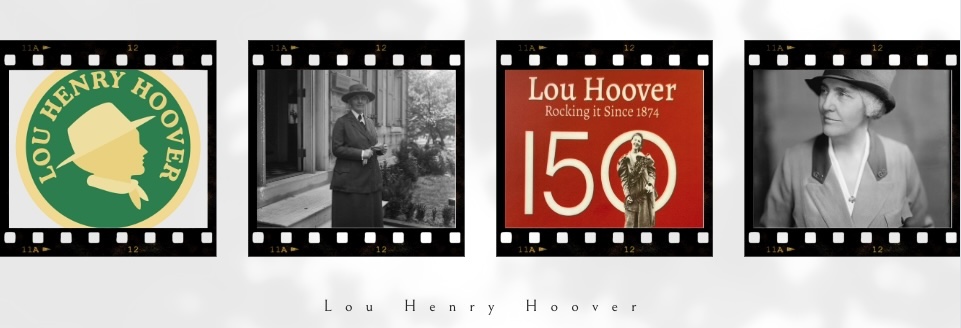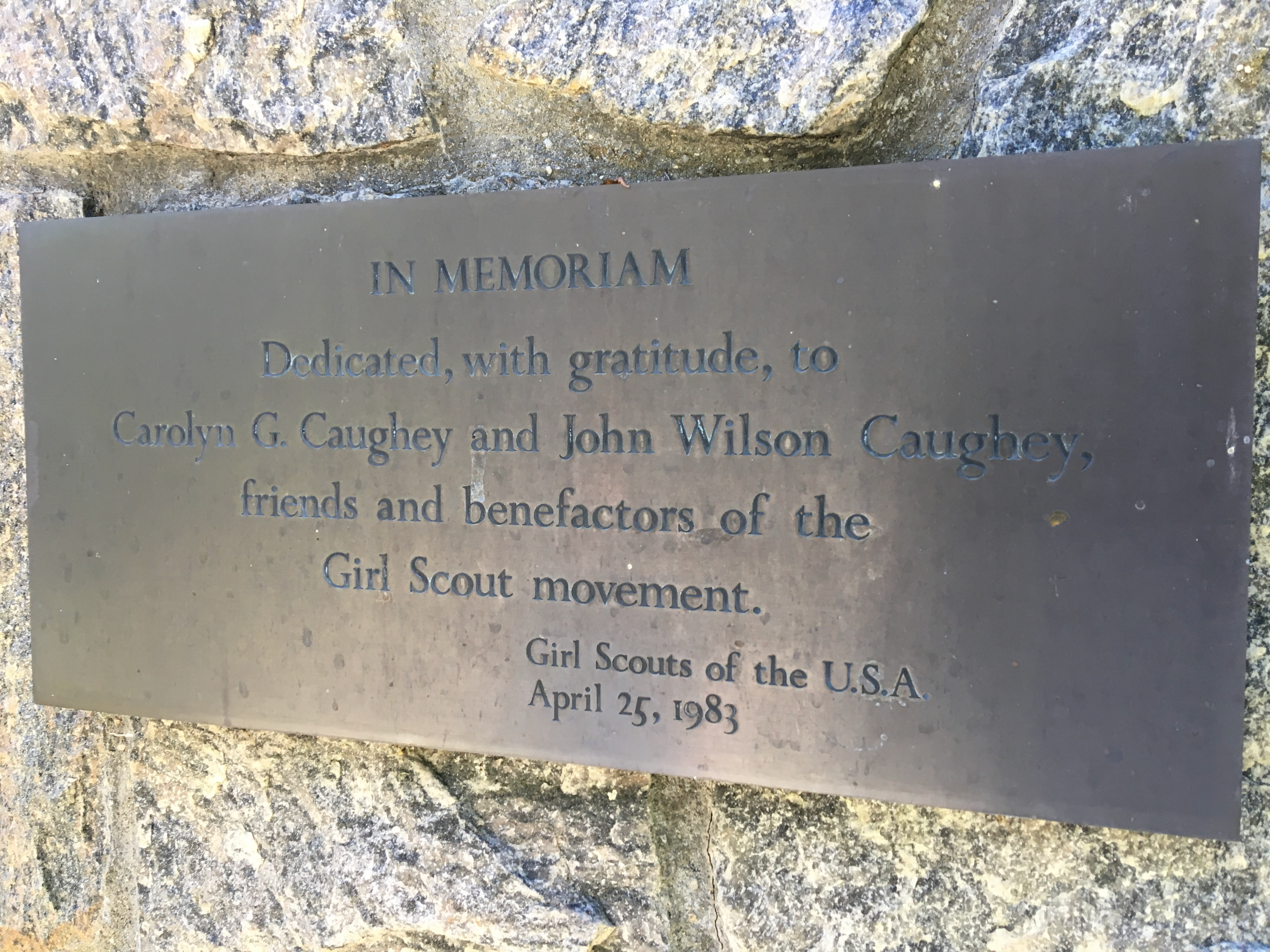Your cart is currently empty!

Who’s That Girl Scout? Martha Bowers Taft
The first Girl Scout troops were often an unusual combination of social classes. The women who organized troops in a city could be described as “clubwomen.” They were upper-class matrons interested in social causes that could improve their communities. Their backgrounds resembled that of Juliette Gordon Low, who brought Girl Scouting to the United States.…
The first Girl Scout troops were often an unusual combination of social classes.
The women who organized troops in a city could be described as “clubwomen.” They were upper-class matrons interested in social causes that could improve their communities.
Their backgrounds resembled that of Juliette Gordon Low, who brought Girl Scouting to the United States. To grow the movement, JGL reached out to her friends and boarding school chums and prodded them to start troops in their communities.
These women handled the administrative and financial needs, but many considered themselves too old to lead a troop. Instead, they turned to their daughters: young women who had recently `graduated from college and sought meaningful work, at least until they married. Their participation also gave the new movement a stamp of respectability that would help recruit more members.
Daughters were also nearer the age of the girls, who mostly were teenagers in the early years.
Troop captains (as leaders were originally called) had to be at least 21 years old and a 1921 survey found that most were under 25 years old.

Martha Bowers exemplified the use of Girl Scouting to bridge extreme economic and social divides in Washington, DC.
Martha, age 25, was the daughter of Lloyd Bowers, the former U.S. solicitor general. She had attended the Rosemary Hall School in Connecticut, studied at Bryn Mawr and the Sorbonne, and made her society debut in the 1909-1910 season.
The sudden death of her father in late 1910 left her extremely wealthy.
Martha’s travels, wardrobe and activities were avidly followed in leading newspapers.
In 1914, when the GS national headquarters was in Washington, DC., JGL appointed ten prominent women, including Martha, to a new Advisory Board.
Martha was also instructed to form a troop at Noel Settlement House, which provided community and recreational services to some of Washington’s poorest residents. The staff was particularly proud of their dance program.
The object of this social organization is to keep the boys and girls away from the vicious dance halls, of which there are many in the northeast, and to keep them off the streets.
Washington Herald (December 17, 1911).
Located at 1243 H Street NE, Noel House already had several Boy Scout troops. Those had been organized by Mrs. Richard Wainwright, who chaired the new Girl Scout Advisory Board.
Troop 4, “White Rose” was very active, participating in several city events that spring and summer. They held a May Festival at Rosedale park, dancing in simple white dresses and carrying garlands of pink roses.
But the most exciting thing to happen to Troop 4 was the marriage of their leader to Robert Taft, son of President William Howard Taft. She was part of a group of wealthy young women who were all marrying around the same time.


The October 14, 1914, ceremony took place at St. John’s Episcopal Church in Lafayette Square, across the street from the White House. It was undoubtedly a highlight of the 1914 social season.
Observers were especially anxious to see her dress.
The girls of Troop 4 were also invited to the wedding. Eight of them sat in the balcony, beaming in their crisp khaki uniforms.


Forty years later, one of those girls sent a letter to the local Girl Scouts, still vividly remembering the wedding and the troop’s excitement.
Martha stayed active in local Girl Scouting, but not as a troop leader. She explained the value of Girl Scouting in a 1918 issue of The Rally, an early GS magazine:

Martha and her husband divided their time between Washington and Cincinnati, as her husband was elected a US Senator and, later, governor of Ohio. They had four sons, but she never lost her love for Girl Scouts, evidently.
As a child, her namesake granddaughter was known to introduce herself as follows:
My name is Martha Bowers Taft. My great-grandfather was President of the United States, my grandfather was a United States Senator, my daddy is Ambassador to Ireland, and I am a Brownie.
https://ivanmisner.com/tag/martha-bowers-taft/
3 responses to “Who’s That Girl Scout? Martha Bowers Taft”
-
Thank you, Ann! That is fascinating information! Martha Bowers Taft, the granddaughter, missed a vital fact about her great grandfather. William Howard Taft was also the Chief Justice of the Supreme Court. That was the job he really wanted. He was “drafted” for the President job.Thanks again! I grew up in southwestern Ohio, so I knew about the male Tafts. What a delight to hear about Martha Bowers Taft, the Girl Scout captain.
Gayle Keresey -
[…] last post profiled Martha Bowers Taft, who began a Girl Scout troop at the Noel Settlement House in Washington, DC, in […]
-
[…] friend of President Woodrow Wilson’s future wife; debutantes Emma Bulloch, Sophy Johnston, Martha Bowers, and Alice Wainwright, First Lady Helen Taft’s former social secretary. These were shrewd […]






Leave a Reply